The Ultimate Guide to Personalization for eCommerce
Learn about the best ways to personalize your eCommerce site through UGC, email marketing, product recommendations, popups, user behavior + top tools.
Updated November 6, 2024.
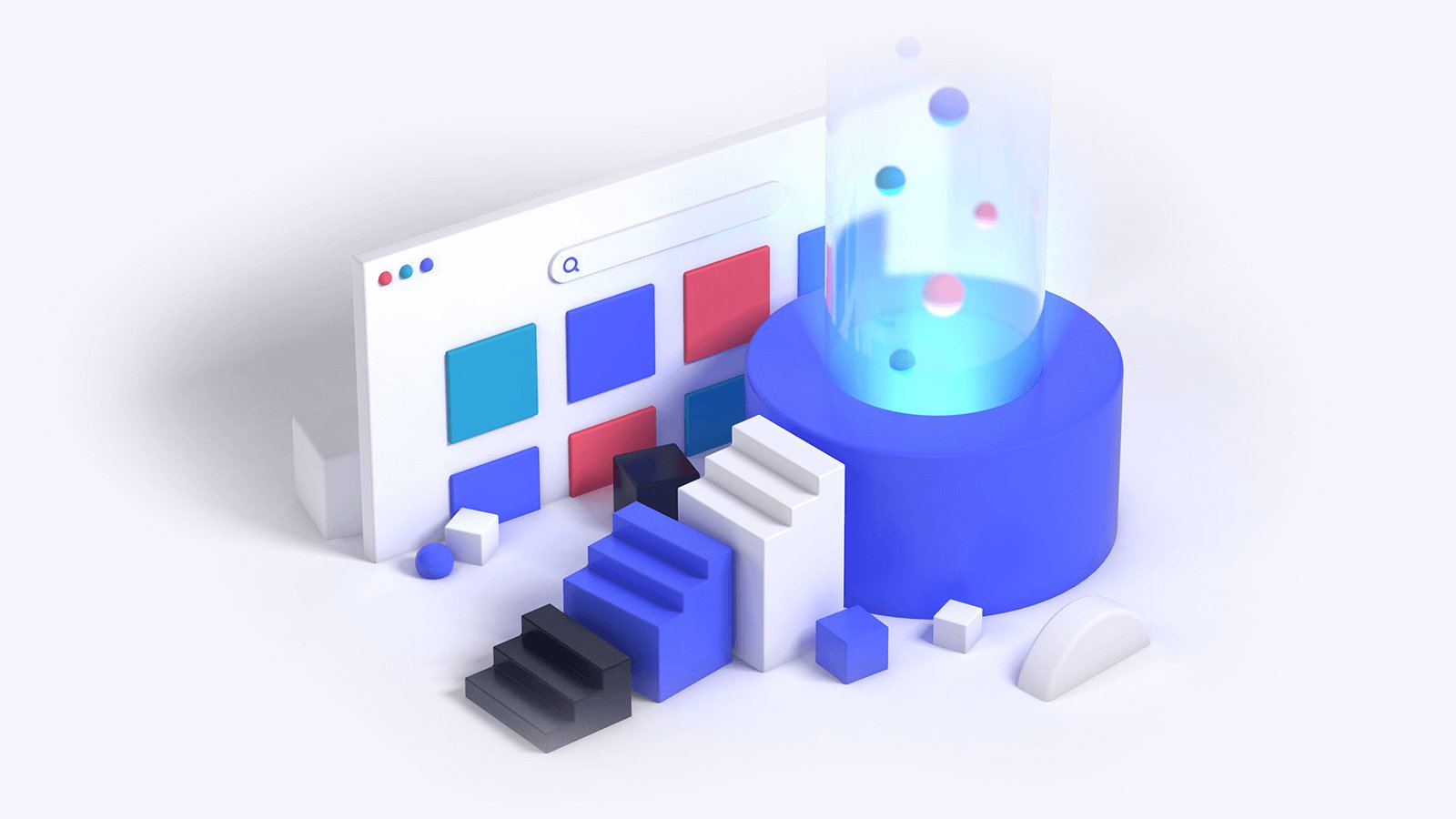
Thanks to COVID-19, we've seen consumers flock to eCommerce like never before. U.S. eCommerce sales amounted to $431.6 billion in 2020 - with an increase of 8% forecast for 2021 alone.
But not everything is rosy in the world of online shopping. Despite becoming more reliant on online shopping, 64% of shoppers feel that merchants don’t truly understand them and their needs.
With consumers coming to expect more tailor-made shopping journeys, online sellers are working hard to remove friction by personalizing the eCommerce experience. Yet, 53% of digital experience professionals believe that they lack the right technology to personalize experiences.
In this post, you'll find a complete guide to eCommerce personalization. Learn how you can bring dynamic, seamless experiences to your online store and be inspired by what some of the world's top brands are doing.
Read on!
What is eCommerce Personalization?
eCommerce personalization (also known as web personalization) is the process of delivering unique user experiences tailored to the preferences of potential customers.
Businesses can use data points like browsing history, geographic location, purchase history, and behavioral targeting to create dynamic shopping journeys that respond to each customer's needs.
In short, eCommerce personalization strategies are about displaying the right content for your website visitors at exactly the right time. This can take the form of:
- Product recommendations
- Landing pages
- Promotional offers
- Personalized content i.e. personalized emails
- Search results
Personalization is a science. The more data you have, the easier it is to generate product recommendations and offers that truly resonate with customers. It's no longer enough to add a customer's name to the subject line of your emails, this is just good email marketing.
To achieve true personalization, you need to start digging deeper to understand what content or offer is going to spark renewed interest.
So, why is it worth the effort?
Let's take a look at the benefits of personalization.
What are the benefits of eCommerce personalization?
Historically, it was virtually impossible to personalize product offerings through legacy media channels - like newspapers, billboards, and even magazines. Ecommerce offers a wide range of ways to personalize each customer’s experience in a historically unprecedented way.
We’ve got so much data nowadays, here are the benefits of using it:
Remove friction from the customer experience
There are a lot of touchpoints along the user journey. And each of these touchpoints introduces some friction. According to SaleCycle, just 3.3% of all sessions end in a conversion - a drop in the ocean of total store visits.
While there are many reasons for shopping cart abandonment, a lack of personalization plays a key role. Studies show that 71% of customers are frustrated by impersonal shopping experiences, while 63% refuse to buy from brands that exhibit poor personalization.
In short, eCommerce personalization is quickly becoming integral to a positive shopping experience. Use personalization to remove the friction along the customer journey, decrease your bounce rate and cart abandonment rate, and increase purchases.
Boost your conversion rate
Another great benefit of personalization is that it increases your conversion rate. Studies show that online shoppers love personalized shopping experiences - and they want to support online retailers that offer them.
According to Epsilon, 80% of consumers are more likely to make a purchase when a brand is offering personalized experiences, while marketers see an average increase of 20% in sales when using personalization strategies.
The reason is simple.
Personalization allows your eCommerce business to display product recommendations that are relevant to your customers and targeted to their unique needs, which saves them valuable time searching for the right product to buy.
Improve your retention
Repeat customers are the lifeblood of eCommerce brands. Why? Because it's far easier to produce conversions from customers who are already familiar with your brand. According to Yotpo, returning visitors makeup roughly a third of all online shopping revenue - and spend 3x more on average than first-time shoppers.
Offering a high level of personalization helps merchants to harness customer loyalty more effectively because shoppers feel as though they're viewed by a brand as an individual. As such, they're more likely to trust your brand and become loyal customers.
Increase Average Order Values
Average Order Value (AOV) is one of the most important metrics in eCommerce. By knowing how much your customers are spending, you can evaluate the effectiveness of your marketing strategy.
A low AOV can be a sign that customers don't find your recommendations, upsells, or cross-sells engaging enough. If promotions and product recommendations don't feel relevant, shoppers won't pay attention.
Display recommendations based on behavioral targeting and browsing history to an edge to your shopping experience. Reflect on what your customers are really interested in - not what you think they should purchase (read: use data).
The role of AI in eCommerce Personalization
AI and automation are integral to effective personalization. Without the data-crunching capabilities that Artificial Intelligence (AI) provides, achieving personalized eCommerce experiences that evolve in real-time is incredibly challenging.
AI software analyzes data collected at multiple touchpoints across the customer journey to decide what recommendations or personalized search results to put in front of customers. With the power of machine learning, it's possible for programs to quickly identify patterns in user behavior in a way that can't be replicated by a customer care representative.
Just like a fine wine, personalization via AI only becomes more precise over time. The more data collection that takes place for customer profiles, the more targeted those recommendations become. This helps to increase repeat purchases and improve customer retention.
Top personalization strategies for eCommerce
Here are some of the top eCommerce personalization examples from some of our favorite brands.
1. Display personalized product recommendations
Personalized upsells and cross-sells enable you to maximize the value of each sale by making recommendations that are relevant to your customer. According to Barilliance, product recommendations account for up to 31% of eCommerce site revenue and help decrease cart abandonment by up to 4.35%.
Display product recommendations based on user data such as their browsing behavior and previous purchases. For example, if a customer puts a pair of sneakers in their shopping cart, you could send them an email about some socks or spare shoelaces.
Cross-sells tend to be lower in value to encourage impulse purchasing behavior. If a recommended similar product is higher in value i.e. a different model of a sneaker, this is considered an upsell, as shown in this abandoned cart email by Converse:
Ecommerce companies should push dynamic, high-value recommendations for products that help to increase AOV by making use of browsing history and behavioral triggers. These can be displayed both as dynamic content on product pages or as personalized offers in an email campaign.
Pro tip: segment your email list into specific segments based on shopping behavior. Then target customers through email + SMS + push notifications and display dynamic offers with complimentary products they are most likely to purchase. You can use the same for cart abandonment emails.
2. Display personalized bestseller lists
Bestseller lists are another type of dynamic product recommendation. They combine customer data with real-time sales information to curate a list of popular products tailored to the interests of your customer.
Bestseller lists are a useful personalization tool because many customers don't know what they're looking for when they first visit a website. By recommending these to shoppers in the same customer segment or demographic as your buyers, you increase the odds of a conversion. Provide them with inspiration, increase customer interaction and kickstart their shopping journey.
There are several ways that merchants can create personalized bestseller lists. Don't just display them based on how well they've sold, try this:
- Best-selling products within a certain timeframe i.e. 'trending' products
- Most popular products by location i.e. geographic targeting
- Popular products frequently bought together
3. Help users continue where they left off
Imagine if you picked up a book and realized you'd lost your page. Pretty annoying, right?
It's no different when we're shopping online.
If our browsing history and shopping carts aren't saved from our last visit it adds a lot of friction to the customer experience. It's also a missed opportunity. Merchants should always save personal data because it enables them to personalize the customer's future visit.
Use a personalization tool to record customer behavior. That includes all customer activity including wishlists, shopping carts, and viewed products. Display it for your users they can continue right where they left off.
Continuous, personalized shopping can be also combined with email automation. Below is a great personalization example of an abandoned cart reminder from American Giant.
4. Personalize your retargeting ads
Retargeting is when a brand targets site visitors that haven't purchased yet with paid ads on social media and the web. Retargeting ads are an important element of your eCommerce marketing strategy because they target a segment of visitors with a very high purchase intent.
Retargeting ads can take many forms, including:
- Products from the user's abandoned cart
- Customer reviews and social proof
- Promotional deals
- New product/restocking alerts
5. Personalize popups based on user behavior
On-site popups are a great way to stimulate customer engagement as they progress through the shopping journey. They help to sweeten the deal by offering prospective customers a perk in exchange for a purchase, increasing the chances of a successful conversion.
Common on-site popups include offering a discount in exchange for an email sign-up, or free shipping when a minimum order threshold is reached.
But popups need to appear at the right place at the right time - or they're going to annoy your customer.
If a customer gets a popup the moment they enter your eCommerce site, this does little to assist your conversion rate optimization efforts. You don't have enough customer data to know what offer is going to appeal to them. And that's why the average conversion rate for pop-ups is just 3.09%.
Popups should be more personalized. Brands should wait until they have more data on the customer. For example, if a customer is revisiting your online store for the second or third time, this could trigger a popup that acknowledges their interest with a tailored offer. And that's exactly what Bonobos does here.
6. Delight your customers post-purchase
The post-purchase experience is one of the most neglected phases of the customer journey. Yet it presents the most important opportunities for personalization.
Why? Because online shoppers expect brands to wow them before a purchase. But when merchants continue this treatment after checkout, it shows that they genuinely care about their customers.
Creating a memorable unboxing experience is one of the best ways to delight customers post-purchase. Elements such as custom-branded packaging are visually appealing, but it's touches of personalization that are the icing on the cake for your customer.
A handwritten note thanking them for their purchase demonstrates a high degree of personalization that strengthens a customer's emotional connection with your brand, as shown here by Presence Journals:
And you don't need to stop there. Post-purchase email marketing is another fantastic tool to provide value to customers after they receive their purchase. Once it's confirmed that a package has been delivered, automation software synced with your eCommerce platform can trigger an email with after-care instructions. Here's an example from Coconut Bowls:
Top eCommerce personalization tools
Choosing AI-powered personalization software is a big consideration for your business. We've rounded up three of the top personalization technologies to consider investing in:
1. Nosto
Nosto offers a full suite of tools for eCommerce personalization including popups, content personalization, and dynamic product bundling. Nosto also provides extensive A/B testing capabilities to help refine your segmentation efforts.
Pricing: Starts at $99 per month
2. Segmentify
Segmentify is a great tool for beginners that are just starting with eCommerce personalization. It offers personalized searches and behavioral targeting. You can also access real-time analytics on conversions to monitor the success of your personalization strategy.
Pricing: starts at $599/mo
3. Kameleoon
Kameleoon's e-Commerce personalization software provides full omnichannel personalization capabilities across mobile devices and shopping channels. It helps eCommerce retailers target valuable customers at multiple touchpoints to gather data and optimize conversions.
Pricing: custom
4. Dynamic Yield
Dynamic Yield is another great tool to help you automate your personalization efforts. It helps you target specific segments of your customer base with personalized recommendations, discount coupons, and relevant products.
Takeaways
We've reached a new frontier in online shopping where 'one size fits all' cannot guarantee a frictionless user experience.
Ecommerce personalization is crucial in fostering customer loyalty and increasing repeat purchasing behavior. By following the strategies outlined above, you can elevate the shopping journey and start delivering tailor-made experiences that increase the customer lifetime value.
Want to personalize the right campaigns for your business? Hire one of our top-notch omnichannel marketers.
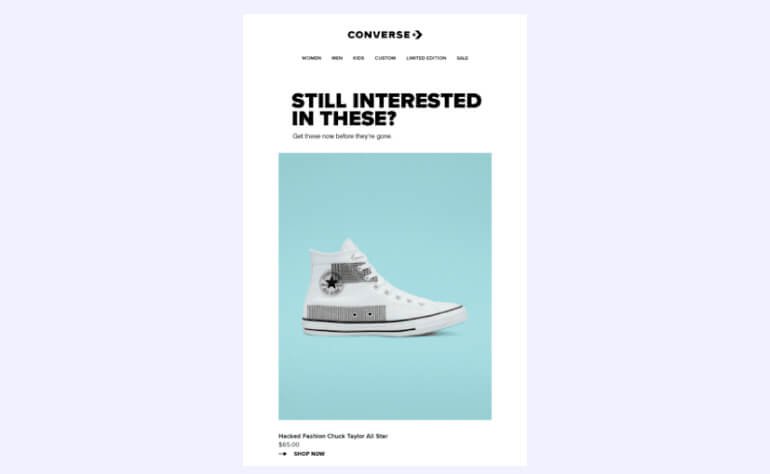

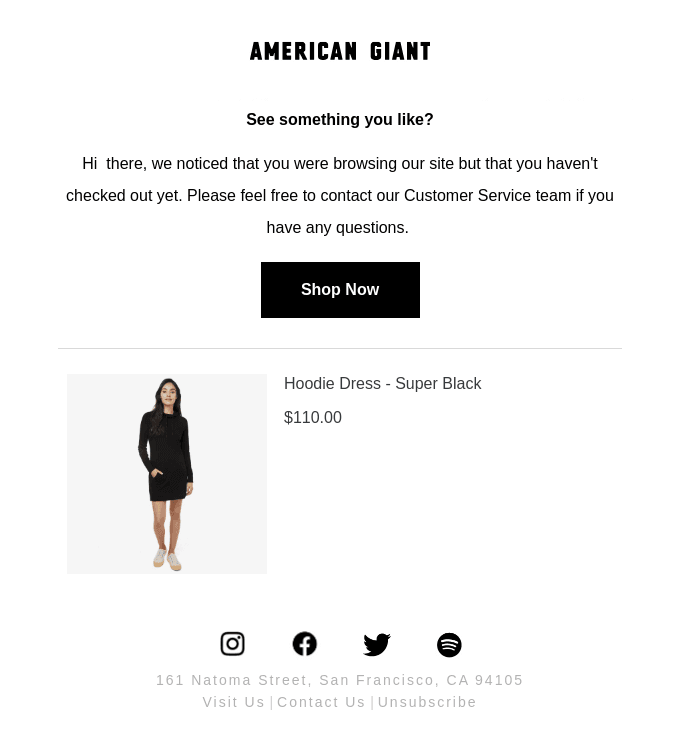


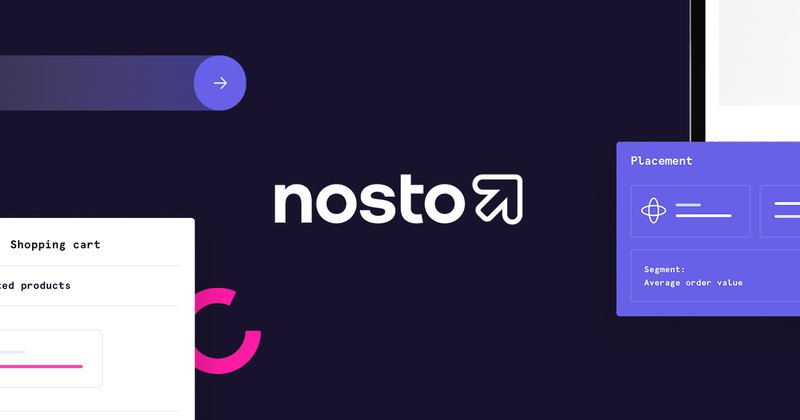
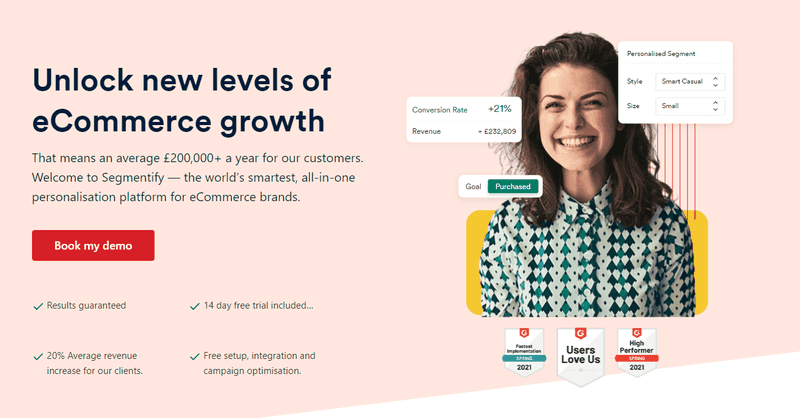
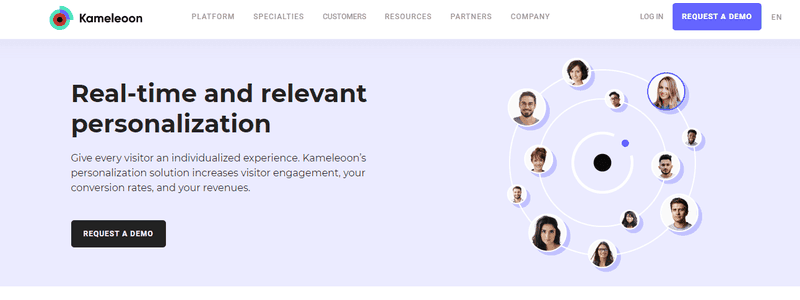
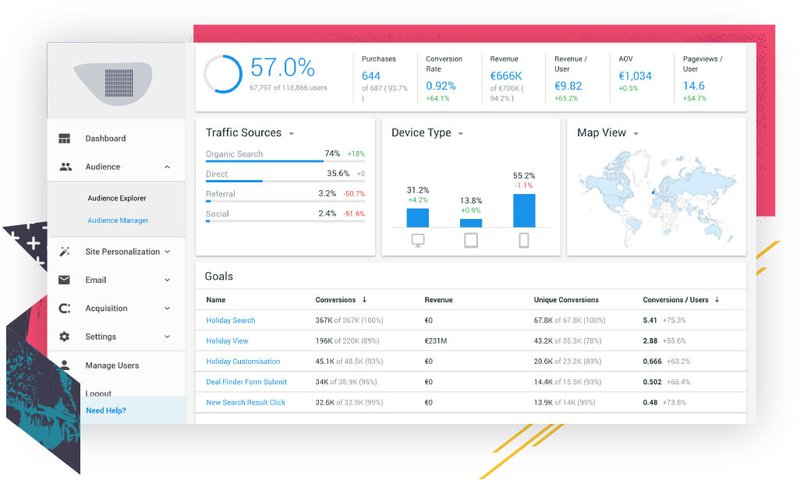
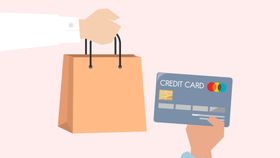
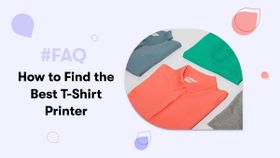
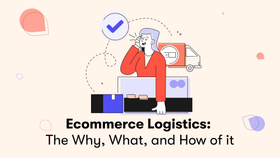
![8 Benefits of Content Marketing for eCommerce in [{year}]](https://entail.mayple.com/en-assets/mayple/fit-in/280x280/-1731574163762.jpg)
